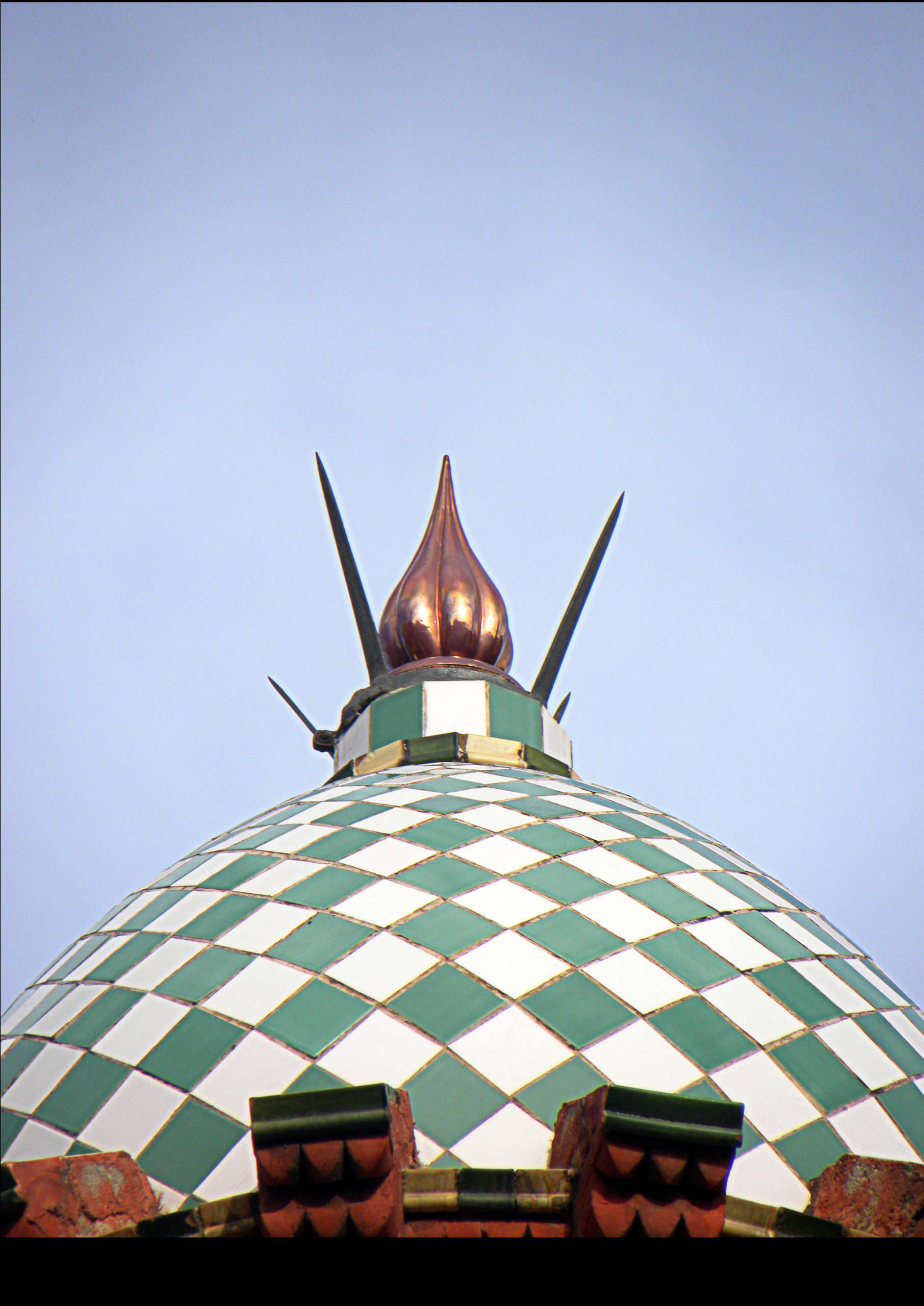


 GaudiLife
The consolidation of Gaudi as an architect
GaudiLife
The consolidation of Gaudi as an architect
 GaudiLife
The professional beginnings of Gaudí
GaudiLife
The professional beginnings of Gaudí
We will not send you spam, and you can unsubscribe at any moment. It’s absolutely free.
We believe that there are countless companies who share Gaudi’s philosophy and principles, and we would love to partner with them.



